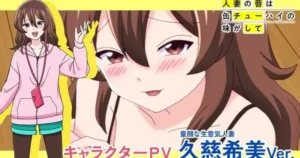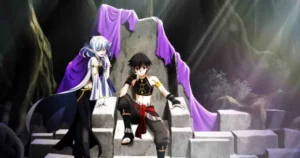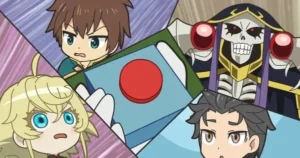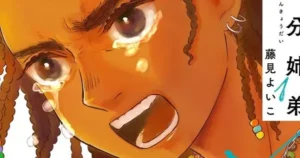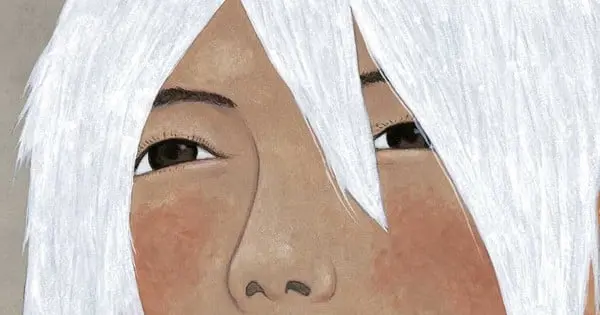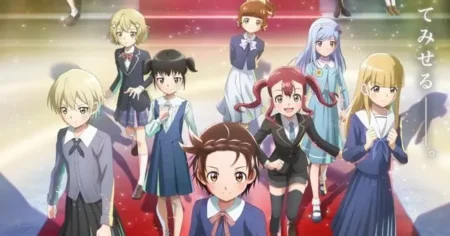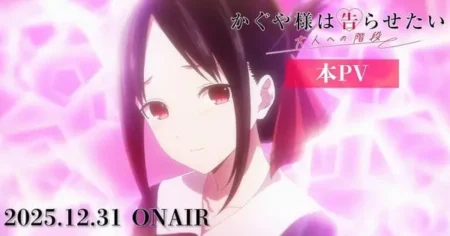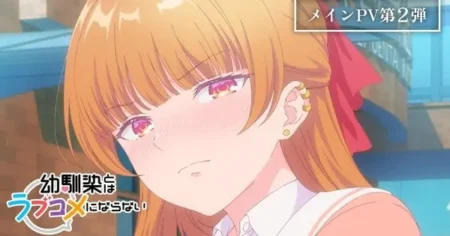Taiyo Matsumoto’s poignant manga, “Sunny,” is reportedly set to receive an animated adaptation helmed by Michael Arias, the director famed for his work on “Tekkonkinkreet.” This project unites two visionary artists, promising a compelling adaptation of a deeply personal story.
About Taiyo Matsumoto’s “Sunny”
“Sunny” is a manga series written and illustrated by Taiyo Matsumoto. Serialized in Shogakukan’s Monthly Ikki magazine from 2010 to 2014, the story revolves around the lives of children residing in the Hoshinoko Children’s Home, a group home/orphanage. The manga draws inspiration from Matsumoto’s own experiences growing up in a similar environment.
A Glimpse into Childhood
The manga offers a slice-of-life narrative, portraying the daily struggles and joys of children navigating life in a foster home. The central theme revolves around their search for self-identity and the challenges they face due to their difficult circumstances. Despite the melancholic backdrop, the story is infused with moments of warmth, resilience, and the power of imagination.
The Significance of “Sunny”
The title “Sunny” refers to a dilapidated Nissan Datsun Sunny 1200 car parked near the children’s home. This car serves as a sanctuary, a clubhouse where the children escape reality and create their own fantasy worlds. It symbolizes their dreams, hopes, and the freedom they long for.
Themes Explored in “Sunny”
- Identity: The children grapple with questions of who they are and where they belong, striving to define themselves beyond their status as orphans or abandoned children.
- Family: The manga explores the concept of family, both in its traditional form and in the unconventional bonds forged within the walls of the children’s home.
- Imagination: The children use their imagination as a coping mechanism, creating elaborate scenarios within the “Sunny” car to escape their harsh realities.
- Resilience: Despite facing numerous hardships, the characters demonstrate remarkable resilience, finding strength in each other and in their dreams for the future.
- Social Issues: “Sunny” subtly touches upon social welfare issues, prompting readers to consider the challenges faced by children in foster care and the importance of support systems.
Recognition and Awards
“Sunny” has garnered critical acclaim and received several prestigious awards, including:
- The 61st Shogakukan Manga Award in the general category in 2015.
- The 20th Japan Media Arts Festival Excellence Prize in 2016.
Characters in the story
- Haruo: A rebellious child struggling with abandonment issues, often expressing himself through acts of self-sabotage.
- Sei: An introverted boy who is new to the home, grappling with the hope that his parents will return.
- Junsuke: A younger boy known for petty theft, trying to find his place within the group.
- Kenji: An older resident contemplating dropping out of school, yearning to escape his difficult family situation.
- Megumu: A girl navigating friendships and connections, pondering her place in the world.
- Kiko: Another child quietly observing the world around her, finding solace in simple things.
Michael Arias: The Director
Michael Arias is an American filmmaker and animator based in Japan. He gained widespread recognition for directing the anime adaptation of Taiyo Matsumoto’s “Tekkonkinkreet,” which was released in 2006.
“Tekkonkinkreet”: A Landmark Achievement
Arias’s adaptation of “Tekkonkinkreet” was a critical and commercial success, praised for its innovative visual style, compelling characters, and faithful adaptation of Matsumoto’s source material. The film won numerous awards, including the Japan Academy Prize for Animation of the Year.
Other Notable Works
In addition to “Tekkonkinkreet,” Arias has worked on several other notable projects, including:
- Visual effects for films such as “The Matrix” and “Animatrix”.
- Directing the animated segments in Quentin Tarantino’s “Kill Bill: Volume 1”.
Connection to “Sunny”
Intriguingly, Michael Arias is not only a renowned director but also the English translator of the “Sunny” manga. His deep understanding and appreciation for Matsumoto’s work make him an ideal choice to helm the animated adaptation.
The Animated Adaptation: What to Expect
While specific details about the animated adaptation of “Sunny” are scarce, here’s what we can anticipate based on the source material and the director’s previous work:
Faithful Adaptation
Given Arias’s track record with “Tekkonkinkreet” and his role as the English translator of “Sunny,” it’s likely that the adaptation will remain faithful to the manga’s original story, themes, and characters.
Visually Stunning Animation
Arias is known for his innovative and visually striking animation style. We can expect the “Sunny” adaptation to feature a unique aesthetic that complements Matsumoto’s distinctive artwork.
Emotional Depth
“Sunny” is a deeply emotional story that explores complex themes of childhood, abandonment, and identity. Arias is adept at conveying emotion through animation, suggesting that the adaptation will resonate with viewers on a profound level.
Focus on Character Development
The manga places a strong emphasis on character development, delving into the personalities, motivations, and struggles of each child in the Hoshinoko Children’s Home. The adaptation will likely maintain this focus, allowing viewers to connect with the characters and invest in their journeys.
A Blend of Realism and Fantasy
“Sunny” seamlessly blends realistic depictions of childhood with fantastical elements, reflecting the children’s active imaginations. The adaptation will likely capture this blend, creating a world that is both grounded and dreamlike.
Why This Adaptation Matters
The animated adaptation of “Sunny” is significant for several reasons:
Showcasing a Masterpiece
“Sunny” is widely regarded as one of Taiyo Matsumoto’s greatest works, a poignant and insightful exploration of childhood. The adaptation will introduce this masterpiece to a wider audience, allowing more people to experience its beauty and emotional depth.
Elevating Animated Storytelling
Michael Arias is a visionary director who pushes the boundaries of animated storytelling. His involvement in the “Sunny” adaptation signals a commitment to artistic excellence and a desire to create something truly special.
Addressing Important Social Issues
“Sunny” subtly addresses important social issues related to foster care, abandonment, and the challenges faced by vulnerable children. The adaptation can raise awareness of these issues and promote empathy and understanding.
Celebrating the Human Spirit
At its core, “Sunny” is a celebration of the human spirit, highlighting the resilience, imagination, and capacity for love that exists within all of us, even in the face of adversity. The adaptation will serve as a reminder of these qualities, inspiring viewers to find hope and connection in their own lives.
Taiyo Matsumoto: A Manga Visionary
Taiyo Matsumoto is a highly acclaimed manga artist known for his unique artistic style, compelling characters, and thought-provoking stories.
Distinctive Art Style
Matsumoto’s art style is characterized by its dynamic lines, expressive characters, and unconventional panel layouts. His work often features a gritty, urban aesthetic that reflects the realities of the worlds he creates.
Recurring Themes
Matsumoto’s works often explore themes of childhood, identity, alienation, and the struggle between tradition and modernity. He is particularly interested in depicting the lives of marginalized individuals and the challenges they face in navigating a complex world.
Notable Works
Some of Matsumoto’s most notable works include:
- Tekkonkinkreet (Black & White): A tale of two orphaned street kids who protect their city from rival gangs and corrupt developers.
- Ping Pong: A sports manga that delves into the psychology of competitive table tennis players.
- No. 5: A science fiction manga set in a dystopian future, following the journey of a rogue peacekeeper.
- GoGo Monster: A story about a young boy who can see supernatural beings, exploring themes of isolation and imagination.
Influences and Legacy
Matsumoto’s work has been influenced by a variety of sources, including European comics, art films, and Japanese literature. He has, in turn, influenced countless artists and writers, inspiring them to push the boundaries of manga and explore new forms of storytelling.
The Road Ahead
As anticipation builds for the animated adaptation of “Sunny,” fans of Taiyo Matsumoto and Michael Arias can look forward to a visually stunning and emotionally resonant experience. This project promises to be a landmark achievement in animated storytelling, showcasing the power of art to illuminate the human condition and celebrate the enduring spirit of childhood.


